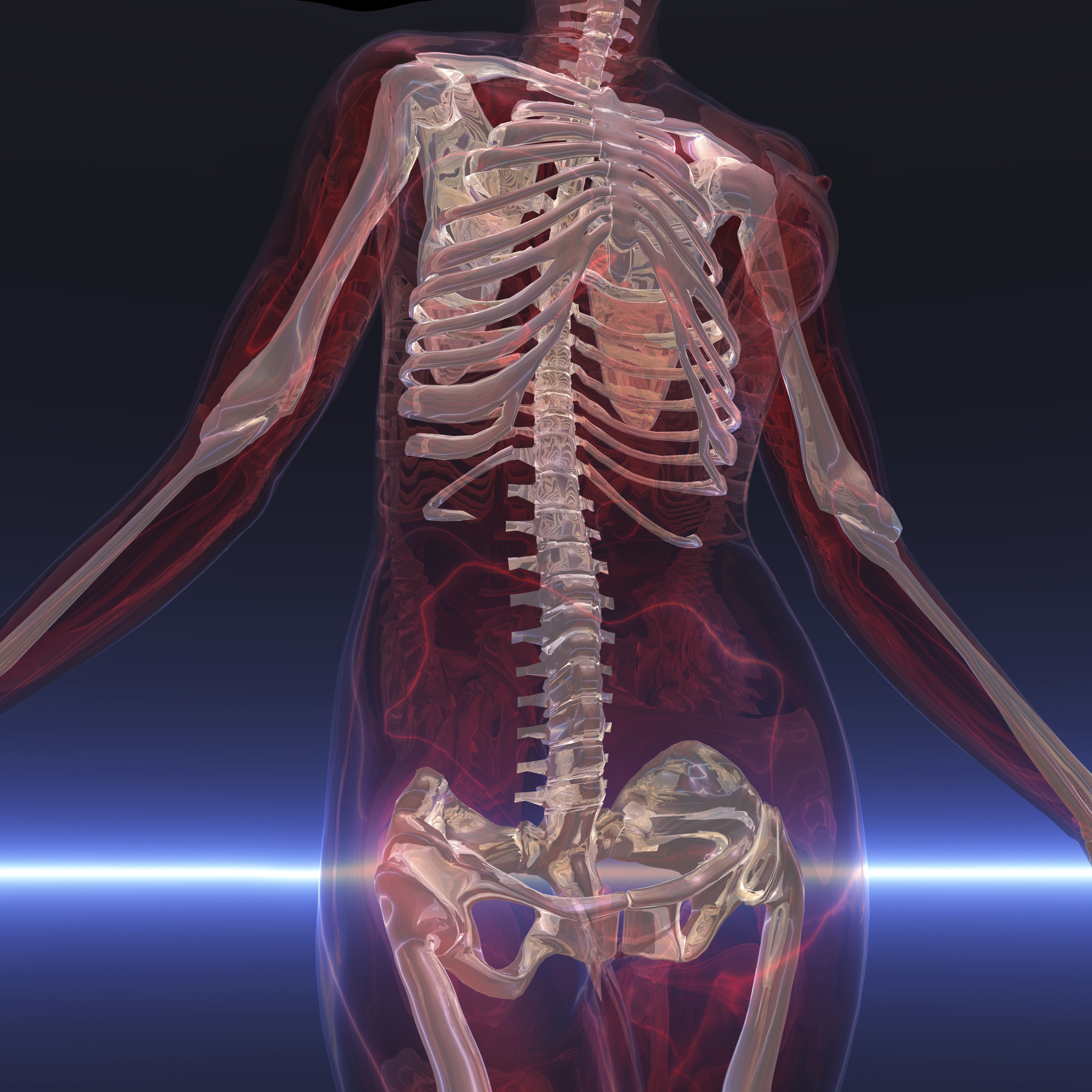Alberta Biology 20
Bio 20 is a mixed bag. Generally speaking, students like this class because they can get by with just memorizing, but there is a level of understanding that is expected. Some units of this class go deep into details, so it can be a little heavy. There's 4 units.

Biosphere
This is the easiest and simplest unit, more similar in level to what students would expect from Science 9 or 10. There's a bunch of vocabulary and a few concepts, you just need to be able to use them in context and fill in the blanks. We talk about trophic levels, energy pyramids, pyramids of numbers, pyramids of biomass, the carbon cycle, the nitrogen cycle, the sulfur cycle, the phosphorous cycle and the water cycle.
Evolution
This unit is a step up in difficulty. There's a bunch more vocabulary, and the concepts are getting more "sophisticated." We talk about divergent evolution, convergent evolution, analogous structures, homologous structures and classification.
Photosynthesis & Cellular Respiration
This is the first nasty unit. It's not very long, but is there ever some technical and abstract stuff in this one. So far, students have been led to think that photosynthesis is some magical thing plants do. Not no more, now we get down to molecules and electron transfers and most importantly, where does every little step occur within the chloroplast. Then we get into cellular respiration, and we apply the same level of technical complexity to it. This is a heavy unit, and most teachers don't know how to simplify it. We cover light-dependent reactions, light-independent reactions (the Calvin-Benson cycle), pigments, photosystems, glycolysis, the Krebs cycle and fermentation.
Human Systems
This unit takes about half the semester, as you would expect for going through the digestive, respiratory, circulatory, excretion and muscular systems, each in serious detail. Although it's all one unit, most schools have an exam on each system separately, or clump them 2 at a time. There's just so much stuff you can cram into a little head all at one time, you know?